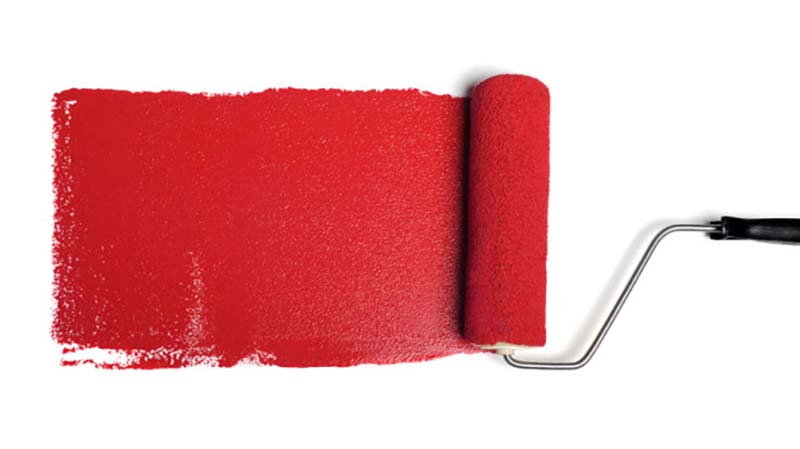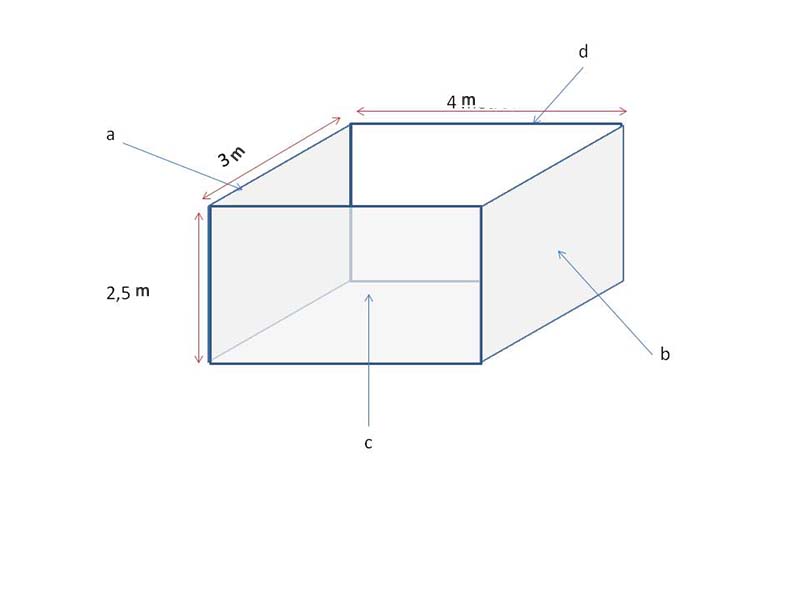WHEN TO USE A BRUSH, ROLLER OR SPRAY?
The eternal doubt that haunts you like a son to his father: what "paint tools"to paint do I have to use? There is no worse feeling than getting down to work and using the material that was not the right one. This will annoy you with the final result and will demotivate you a lot. It may sound silly, but trust me, your project (and your attitude) will be affected by the choice.
WHEN TO USE A BRUSH, ROLLER OR SPRAY?
There are differences between the various tools. It is not the same to paint with a brush, roller or spray, although they may not be very obvious, and it is normal that you tend to get confused when choosing. Therefore, we bring you a great video that will clear your doubts once and for all.
Now you are much clearer when you should use each of the tools, right? We have given you some advice and recommendations, but there are always hobbies. Choose the tool that is most comfortable for you. After all, it is you who paints.
Mega quick review:
BRUSH
Use this tool to give your pieces a more textured finish and to make "cutouts" in hard-to-reach areas. Ideal for distressed, relic or worn effects.
ROLLER
When you are looking for a smooth or lacquered finish and you want to paint a large surface in a comfortable (and fast) way.
SPRAY
Use it on uneven surfaces, which are difficult to reach with the other tools. You will get a perfect result and you can get very cool gradients.
Advice! We recommend that you use the highest quality tools possible. The roller, for example, must be zero pore if you want to avoid marks and the brush, if it is of quality, will give you a smooth finish like that of the roller and can last you a lifetime. Now you see it much easier, right? You only have to be clear about your project to know what tool you will need?

Tips: HOW MUCH OF PAINT DOES IT NEED TO PAINT A ROOM?
This is a question we all ask ourselves every time we decide to paint a room or our entire house ourselves. For this reason, in this article we are going to explain what calculations you have to make so as not to go overboard or fall short when buying paint. We will tell you how to discover the exact amount of paint you need for your project. Here we go!
HOW TO CALCULATE THE AMOUNT OF PAINT YOU NEED
It's a hassle to spend buying paint, but it's also a hassle if you haven't bought enough and have to stop what you're doing halfway, right? With the advice we are going to give you, it will be more difficult for that to happen.
FIND OUT THE PAINT PERFORMANCE
The first thing you should keep in mind is that each paint has a different coverage capacity: some cover more with each pass of the roller and others less, therefore, this coverage capacity is what will determine how much paint you will need. Technically it is understood as paint yield and is expressed in square meters per liter (m2/L), that is, the yield indicates how many square meters of surface you can paint with a liter of that paint. For example, a typical plastic paint can have a yield of 10 m2/L. Virtually all manufacturers provide this information for each of their paints, which is usually indicated on the pot itself or is also usually indicated on the product sheet if it is an online store.
It is important that you know that higher quality paints also tend to have higher performance, therefore, before buying a paint, do not be guided only by a low price or an attractive offer, since it is possible that a paint, even if it is more expensive , spread more than the cheapest one and, in practice, it makes it cheaper.
CALCULATE THE SURFACE TO PAINT
The next piece of information to find out is the size of the space to be painted, that is, how many square meters the room you are going to paint has - To do this, multiply the length and height (in meters) of each of the walls that make it up ( with this you will obtain the surface in m2 of each wall) and then you add them all.
In the case of the ceiling, you must multiply the length by the width and add its surface to that of the walls, so you will have the surface of the entire room.
For example, for a room like the one you see in the schematic below, walls A and B are the same. Both measure 3 m long. Walls C and D are 4 m long. And the height is the same for all walls - 2.5 m. The ceiling is 4 m long and 3 m wide, so the total area of the room is:
Wall A: 3 x 2.5 = 7.5 m2
Wall B: 3 x 2.5 = 7.5 m2
Wall C: 4 x 2.5 = 10 m2
Wall D: 4 x 2.5 = 10 m2
Ceiling: 3 x 4 = 12 m2
Total area: 7.5 + 7.5 + 10 + 10 + 12 = 47 m2

Until now, everything has been a simple calculation to obtain the total area of a room without taking into account those parts that are not going to be painted, such as: windows, fitted wardrobes and doors. If you want to do it well, you have to subtract from the calculated total surface, the surface occupied by these elements that are not going to be painted. It is as simple as calculating the surface of each door, window and built-in wardrobe by multiplying its length by its height, adding all these surfaces and subtracting the result from the total surface of the room that we had calculated before.
There are those who prefer not to subtract the area occupied by doors and windows in order to calculate paint for more surface area and be sure to buy enough and not fall short. This is to everyone's taste.
CALCULAR LA PINTURA NECESARIA
Once we have the paint performance data (m2/L) and we have calculated the surface of the room to paint (m2) you can now calculate how much paint you need. To do this, you only have to divide between the surface to be painted (in m2) and the paint yield (in m2/Litres), so you will obtain the number of liters of paint needed. If we follow the example, for a paint of 10 m2/L and a surface to be painted of 47 m2, the amount of paint required would be: Required paint: 47/10 = 4.7 liters
Keep in mind that if the walls you are going to paint are very porous (cement, plaster, plaster without being previously painted) the surface will absorb a lot of paint and in practice you will need much more than calculated. Therefore, when it comes to painting porous surfaces, you must first apply a primer or sealer to cover the pores and then the paint.
The calculations we have made are to give a coat of paint. If you are going to give two hands, you will need double.
TOOL TO CALCULATE THE AMOUNT OF PAINT
And finally, to help you easily calculate the amount of paint needed for a room, I have prepared a spreadsheet that you can download. You just have to enter the performance of the paint, the measurements of the walls, ceiling and the elements that you are not going to paint (door, windows) and it will calculate the amount of paint needed.
There are some things to take into account: the data on the performance of the paint is not an exact data, but it is an estimate since it depends on many factors such as temperature, the absorption capacity of the surface you are going to paint or the skill that one has applying the paint, among others. That is why we recommend buying a little more paint than calculated, so as not to fall short.















